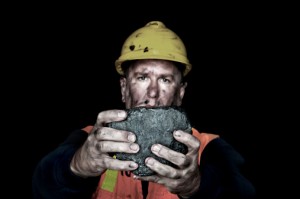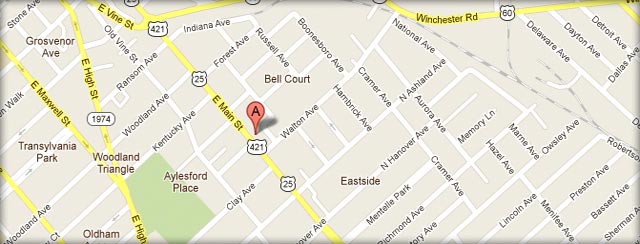- ATV accidents
- Brain Injuries
- Bus Accident
- Car Accidents
- Construction Accident
- Distracted Driving
- Drugged Driving Accident
- DUI
- Firm News
- Mass Tort
- Medical Malpractice
- Motorcycle Accidents
- Pedestrian Accidents
- Personal Injury
- Product Liability
- Safety
- Social Security Disability
- Truck Accidents
- Vehicle Accidents
- Workers Compensation
- Workplace Injuries

Black lung disease is a terrible illness that has plagued coal miners for decades. Formally called pneumoconiosis, black lung is classified as an occupational disease – a chronic condition caused by on-the-job exposure to dangerous substances or materials. There are requirements that mine operators are obligated to fulfill to mitigate the amount of coal dust that their workers are exposed to. The problem is that too many employers fail to do so, and 76,000 American coal miners have lost their lives as a result, according to statistics from the National Institute for Occupational Health and Safety.
Background on Black Lung Disease
Exposure to coal dust is a given for people who work in the mining industry. But just because workers take a job that poses health risks doesn’t mean that they are necessarily responsible if they contract a deadly ailment like black lung disease. In 1969, federal regulators passed the Coal Mine Health and Safety Act – also called the Coal Act – as a step to improve standards that would protect workers from undue harm while working. It also increased the penalties for violations and allowed for monetary compensation for miners who were disabled or died as a result of black lung disease.
The Coal Act appeared to have made significant changes to safety in the industry, and the incidence of black lung disease fell significantly from the 1970s through the 1990s, according to a recent report from the Wall Street Journal. But in recent years, there has been a resurgence of the disease. That’s why officials just announced more stringent regulations to address the growing number of cases in black lung disease throughout the country, particularly in Appalachia. Research from NIOSH found that nine percent of miners studied in Kentucky between 2005 and 2009 had black lung disease – the highest percentage of any state included in the study.
New Regulations Governing Coal Operators
Reports indicate that the incidence of black lung disease is not only occurring more frequently today – it is also more aggressive and appearing in younger workers. The age component is particularly significant because symptoms of pneumoconiosis have historically developed in workers who are long retired from the mining industry.
The newest regulations are designed to close loopholes that officials believe have allowed coal operators to violate work safety rules without getting caught. For example, although some miners are required to wear monitors to track their exposure to coal dust, the devices are only designed to work for eight hours. Many miners work between 10 and 12-hour shifts, which renders any readings of their actual exposure levels potentially inaccurate – and possibly deadly. Miners have also reported that their employers provide fraudulent dust levels by placing monitors in areas with cleaner air or covering the monitors with cloth, according to news reports.
Under the new rules, operators must reduce the amount of dust that miners are exposed to by 25 percent over the next two years. Coal dust levels must be reduced from 2.0 milligrams per cubic meter to the new permissible level of 1.5. High-risk areas will be subject to more frequent dust samplings and the methods for calculating dust levels will be revised to improve accuracy.
Black Lung – A Physical Nightmare
A physician who treats black lung disease told the Center for Public Integrity in 2012 that the illness is a “diabolical torture.” Pneumoconiosis robs people of their ability to breathe comfortably because inhaled coal dust settles in the lungs over time, and scarring in the air sacs around the lungs causes hardening. Even with oxygen tanks, victims of black lung often become short of breath in the middle of a sentence and must eventually choose between eating and breathing, according to the Center’s report.
There are two types of black lung disease: coal workers pneumoconiosis (CPW) and progressive massive fibrosis (PMF). Both diseases cannot be cured, and doctors are only able to treat the symptoms and complications that occur, including:
- Cor pulmonale (failure of the right side of the heart)
- Lung cancer
- Pulmonary tuberculosis
- Respiratory failure
The severity of the disease at the onset depends on the working conditions that the miner experienced and how long the exposure lasted, according to the American Lung Association.
Why Talk To A Lawyer?
Black lung disease is a terrible illness, and what is so troubling is that too many coal miners work in places where the risk could be lessened if only their employers followed the rules. Their violations have resulted in the deaths and disability of far too many workers. Operators who broke the rules should be held accountable for their negligence.
Talking to an attorney is the only way to find out whether you have a valid claim. Some states, like Kentucky, may have slightly different laws compared to the federal standards, so it is important to check with an experienced workers compensation lawyer who understands those variations and can help you file a claim.

